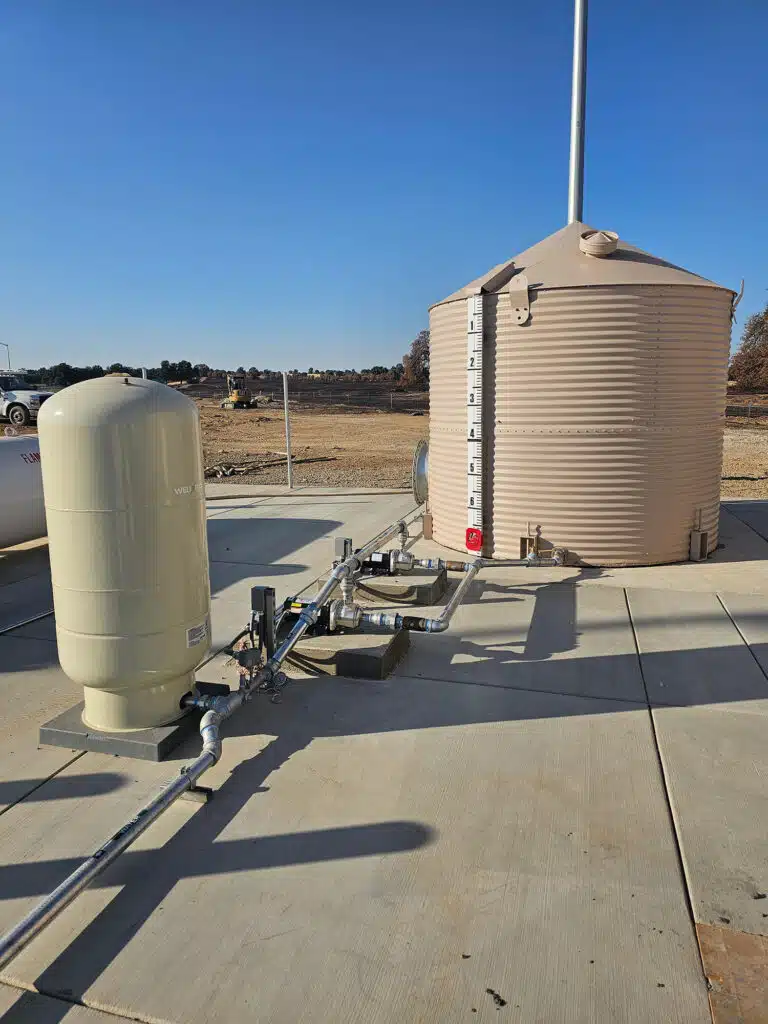What Does Loss Mean in the Legal Space?
In legal contexts, the term “loss” is multifaceted, encompassing various interpretations depending on the nature of the case being discussed. As defined in the Munley Law Glossary, “loss” refers to a detriment or deprivation of something of value, often leading to claims for compensation or restitution. Understanding the concept of loss is essential for individuals involved in legal proceedings, as it forms the basis for many claims, including personal injury, property damage, and breach of contract cases.
Types of Loss in Legal Contexts
Economic Loss: This type of loss pertains to quantifiable financial impacts suffered by an individual or entity. Economic losses may include:
- Lost Wages: income that an individual is unable to earn due to an injury or other circumstances.
- Medical Expenses: Costs incurred for medical treatment related to an injury.
- Property Damage: The cost to repair or replace damaged property, such as vehicles or real estate.
Non-Economic Loss: Non-economic losses are more subjective and are harder to quantify. They include:
- Pain and Suffering: Emotional and physical distress caused by an injury.
- Loss of Enjoyment of Life: The inability to participate in activities that bring joy or fulfillment due to an injury.
- Emotional Distress: Psychological impact stemming from an event, often accompanying physical injuries.
Punitive damages: In some cases, losses may extend beyond compensatory damages to include punitive damages. These are awarded to punish a defendant for particularly egregious behavior and to deter similar actions in the future.
Legal Implications of Loss
The legal implications of loss can be complex, involving numerous factors that influence the outcome of a case. For instance:
Burden of Proof: The plaintiff typically bears the burden of proving the existence and extent of their loss. This requires clear evidence and documentation, such as Medical records, employment history, and witness testimonies.
Causation: Establishing a direct link between the defendant’s actions and the plaintiff’s loss is crucial. Without this causal connection, a claim may be dismissed. For example, in a personal injury case, the plaintiff must show how the defendant’s negligence resulted in their injuries and subsequent losses.
Mitigation of Loss: Plaintiffs are generally required to take reasonable steps to mitigate their losses. This means they must seek appropriate treatment for their injuries or look for alternative employment if they cannot return to their previous job. Failing to do so can affect the amount of compensation awarded.
Challenges in Proving Loss
Proving loss in a legal context often presents challenges:
Quantifying Non-Economic Losses: Non-economic damages, such as pain and suffering, are inherently subjective. Courts and juries may struggle to assign a monetary value to these losses, leading to inconsistencies in awards.
Disputes Over Causation: Defendants may argue that other factors contributed to the plaintiff’s losses. For example, pre-existing conditions or alternative causes of damage can complicate claims, necessitating thorough evidence to establish causation.
Inadequate Documentation: Insufficient documentation can undermine a plaintiff’s claim. It is essential to maintain accurate records of medical treatments, lost wages, and other relevant information to support claims of loss.
Loss in Contract Law
In contract law, loss often refers to damages incurred when one party fails to fulfill their obligations under a contract. This may include:
Direct Loss: Financial losses directly resulting from a breach, such as lost profits or additional costs incurred to fulfill the contract through other means.
Consequential Loss: Indirect losses that occur as a consequence of the breach, such as lost business opportunities or reputational harm.
The concept of loss in the legal space is vital for understanding various claims and their implications. As outlined in the Munley Law Glossary, loss encompasses both economic and non-economic damages that individuals may suffer due to the actions or negligence of others. Successfully navigating claims involving loss requires a thorough understanding of legal principles, strong evidence to support claims, and careful consideration of all factors influencing the case. By grasping the nuances of loss, individuals can better advocate for their rights and seek the compensation they deserve in legal proceedings.
